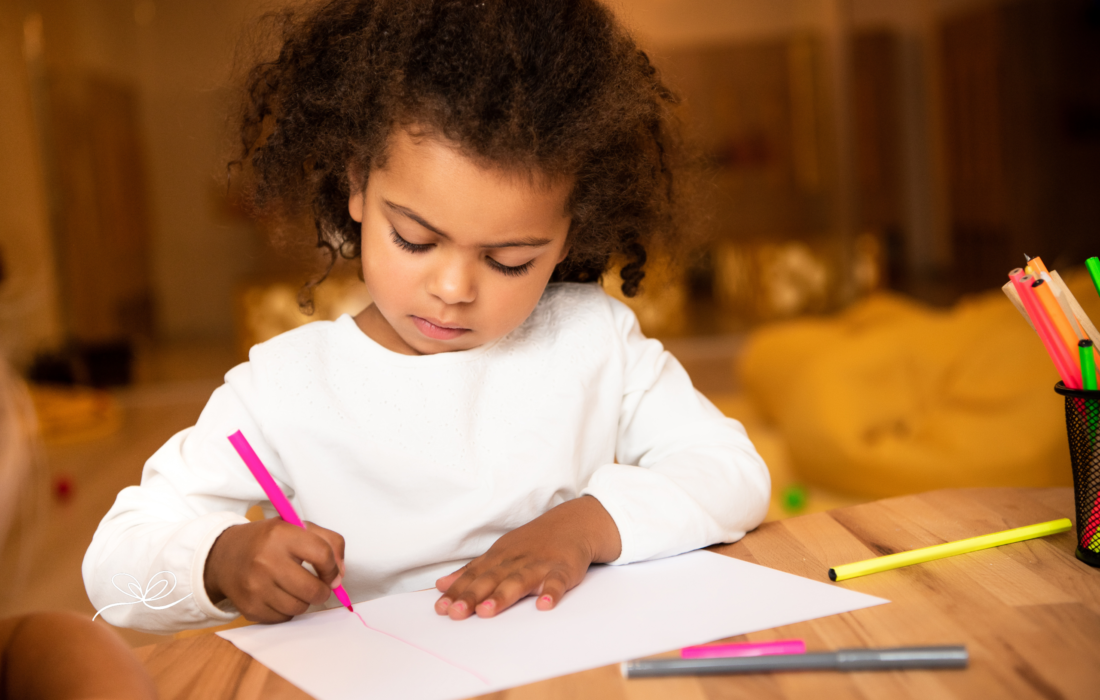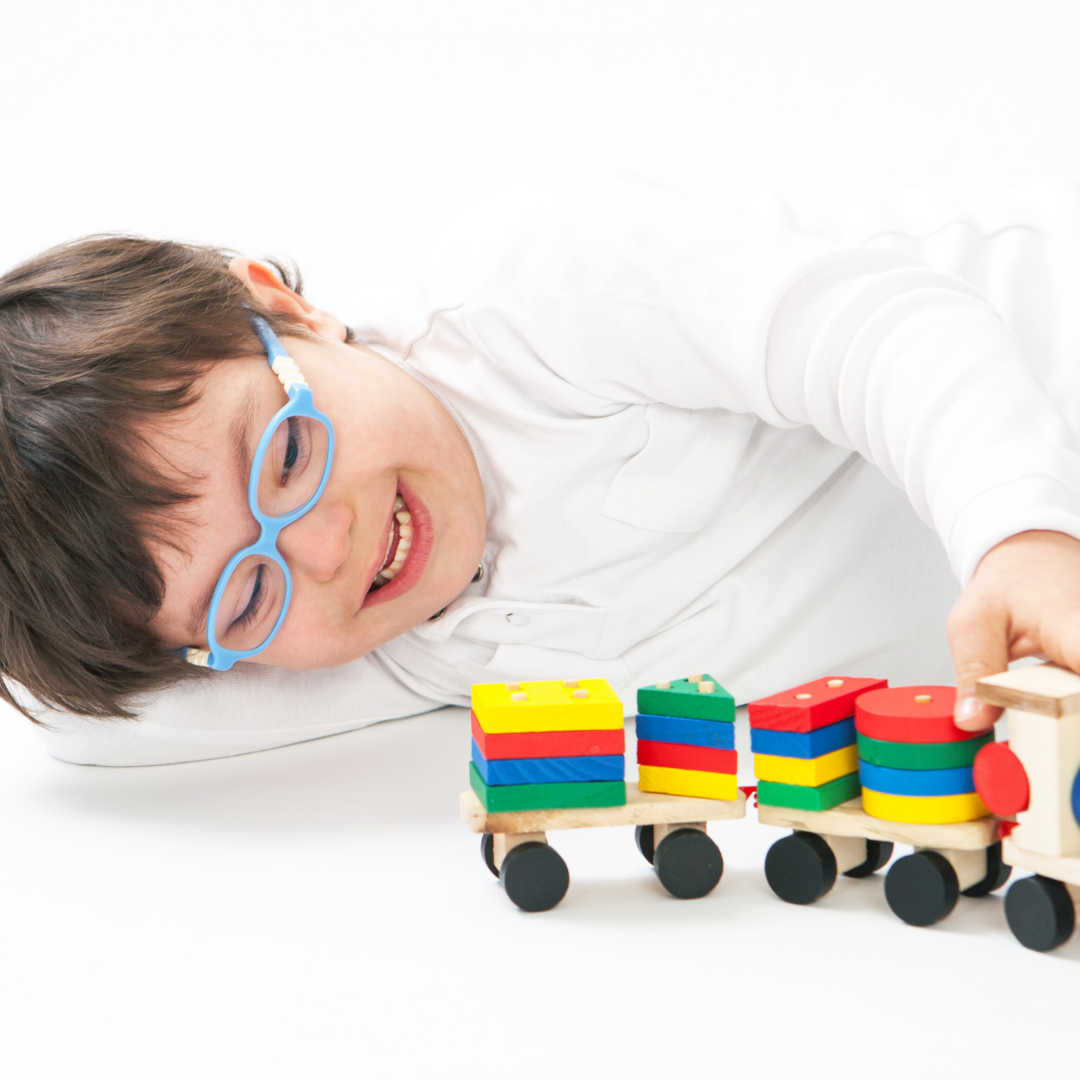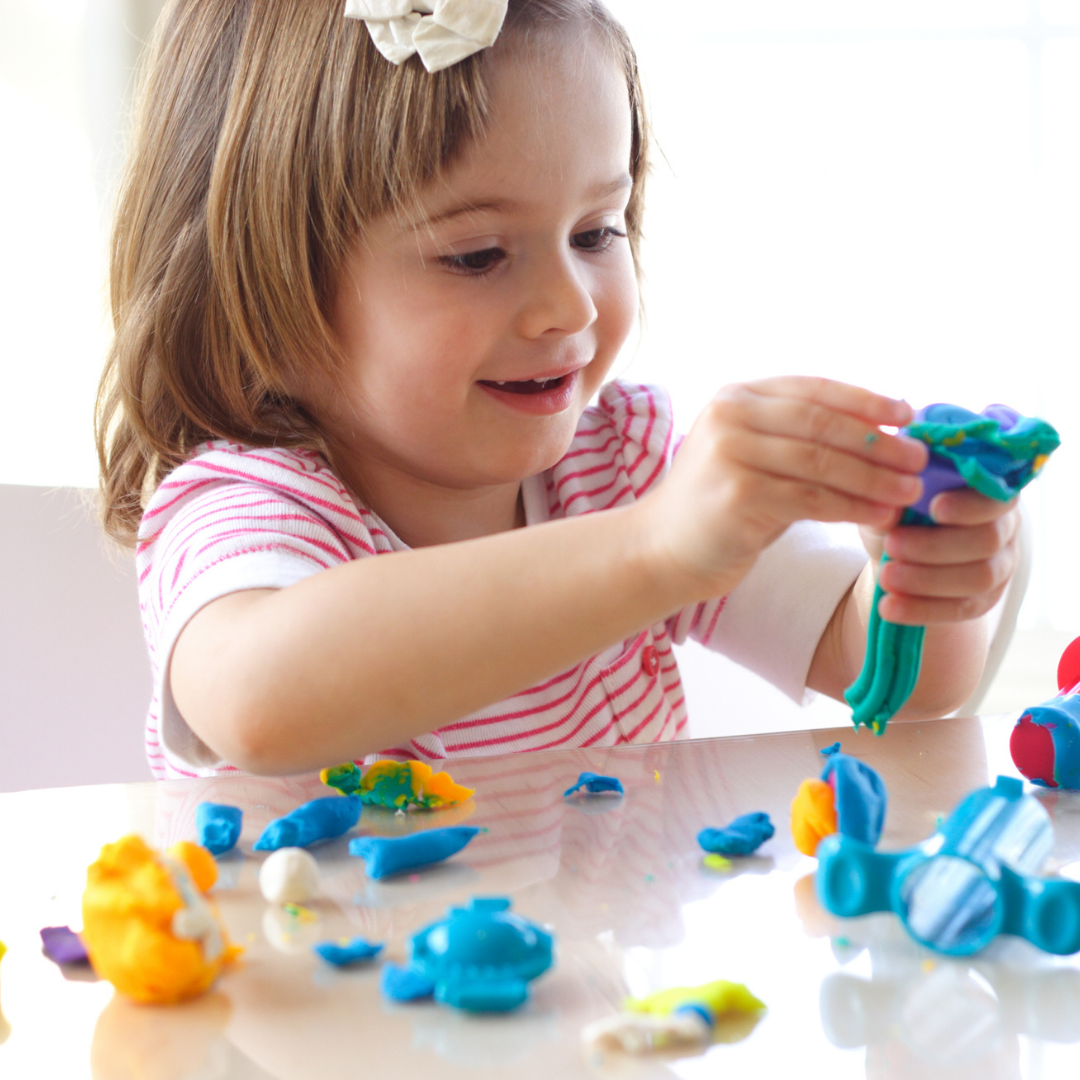
When should a child stop scribbling?
When should a child stop scribbling? Like every other stage in development scribbling, drawing, and writing skills are met at certain ages. So what if your child struggles with drawing? They may have difficulty copying or imitating simple pictures or pre-writing strokes and this can be caused by a number of things. Scribbling becomes a concern around 3-4 years of age when a child should be able to imitate certain pre-writing strokes (vertical line, horizontal line, circle, cross, X).
There is a difference in copying vs imitation. Imitation means the child watches the shape being formed, and will try to do what they just saw. Copying is simply being shown a picture and trying to reproduce it. Copying simple pictures or shapes is fine but when it comes to letters and numbers imitation is key to ensure your child is forming the letters and numbers correctly (top to bottom). Read on to better understand, “when should a child stop scribbling?”
What are some underlying reasons for a delay in drawing skills?
1.Visual-spatial skills- Visual-spatial skills help individuals find their orientation in space by taking in information from the world around them and organizing that visual information. This can include poor body awareness or poor visual attention to 2D images in a book.
Copying block patterns help build these skills. Create a simple block pattern (3-block pyramid, 5 block tower, train) and have your child copy the design using their own blocks.
2. Playing “I Spy” while reading a picture book.
Pencil grasp- This can be due to poor hand strength or lack of
fine motor control. Your child may switch hands while writing,
break pencils, or write too lightly. Pencil grasp will change
with age but by 3.5 years a static tripod grasp is ideal for
writing skills.
Fine motor games (stringing beads, pop beads, theraputty) will
strengthen the muscles required for drawing and writing.
Using smaller crayons such as rock crayons and golf pencils
allow your child to manipulate the pencil or crayon more easily,
which discourages them from using too many fingers, pressing too
hard, or scribbling outside the lines.
Ulnar side down! A lot of kiddos color in what we call a digital
pronated grasp, with their elbows up in the air instead of
resting on their paper and the wrist turned downwards. This
particular grasp is known as a transitional grasp as they move
towards a more mature tripod grasp. However, if they do not
transition from this they will tend to write very lightly and
have little control of the pencil. Resting the ulnar (pinky side)
of the arm when writing will help with stabilization.
3. Other reasons can include cognitive delay, low muscle tone,
developmental delay, or poor attention. Which can all be
addressed with your doctor and therapists.


From scribbling to meaningful writing and drawing
Use objects
Play Doh is in almost every household and is a great tool for copying
designs. Roll out a snake or a ball and have your child copy it with
their piece.
Wikki Sticks are GREAT for outlining shapes for your child to color
inside to increase their ability to stay in the line, they are also a
great guide for tracing. This gives a physical barrier that can be
seen and felt.
Sensory
Drawing in salt trays or shaving cream is a fun way to work on copying
designs, strokes, or shapes. To enhance the sensory aspect have your
child use their finger, to improve pencil grasp have them use a Q-tip
or small paintbrush. Personally, I use cool whip with my therapy
kiddos instead of shaving cream in case they decide to go in for a
little taste.
Printable worksheets
Once your child has gained the necessary muscle strength and control
they can move on to activities that most mimic what will be expected
in school. Printing out mazes, dot to dot pictures, and guided drawing
sheets is a great way to fine tune the pencil control and spatial
awareness.
Here are two amazon finds for dry erase options:
When teaching your child to write it’s almost natural to have them
start by writing the letters in their name but drawing lines and
shapes is vital to child development. As a therapist in the schools I
regularly see kids who can write their first name but do it with an
immature grasp and cannot draw simple shapes, follow a simple maze, or
imitate designs. The foundation skills have to be built first in order
for them to truly meet the handwriting milestones. Play fine motor
games, draw in cool whip, break your crayons and remember to be
involved! Imitation is key!
activity related supplies:
Recent Posts
- Play-Doh Themed Birthday Party: A Sensory Friendly Experience April 16, 2024
- Understanding and Supporting Autism: A Guide for Autism Awareness April 15, 2024
- Spring in the Valley 2024: Peace, Love, and SGF March 12, 2024
- SGF’s Impact in 2023: Celebrating A Year of Community Support March 11, 2024
- Celebrate International Women’s Day with Kendra Scott and SGF March 6, 2024
By Ashley Elrod
Ashley Elrod is originally from Rome, Georgia, and currently works in Rome as a full-time Occupational Therapy Assistant in a local school system. She graduated with her degree in 2016 and has worked with children ever since.

